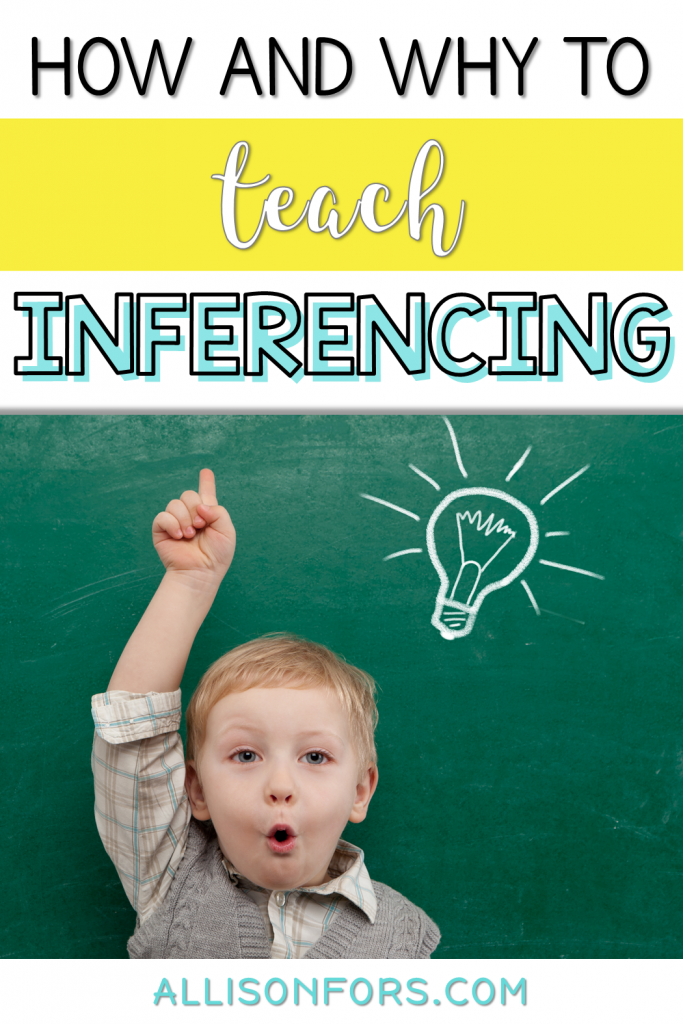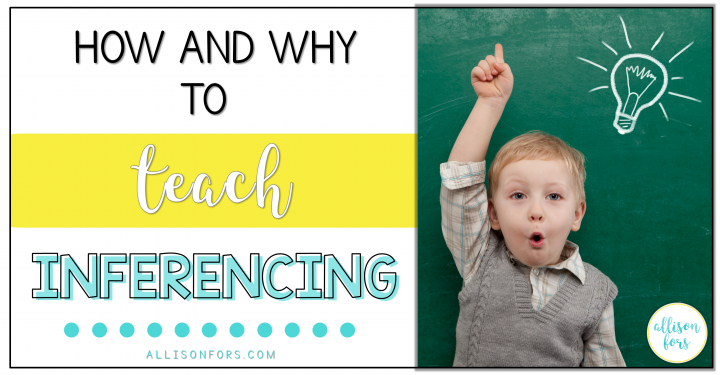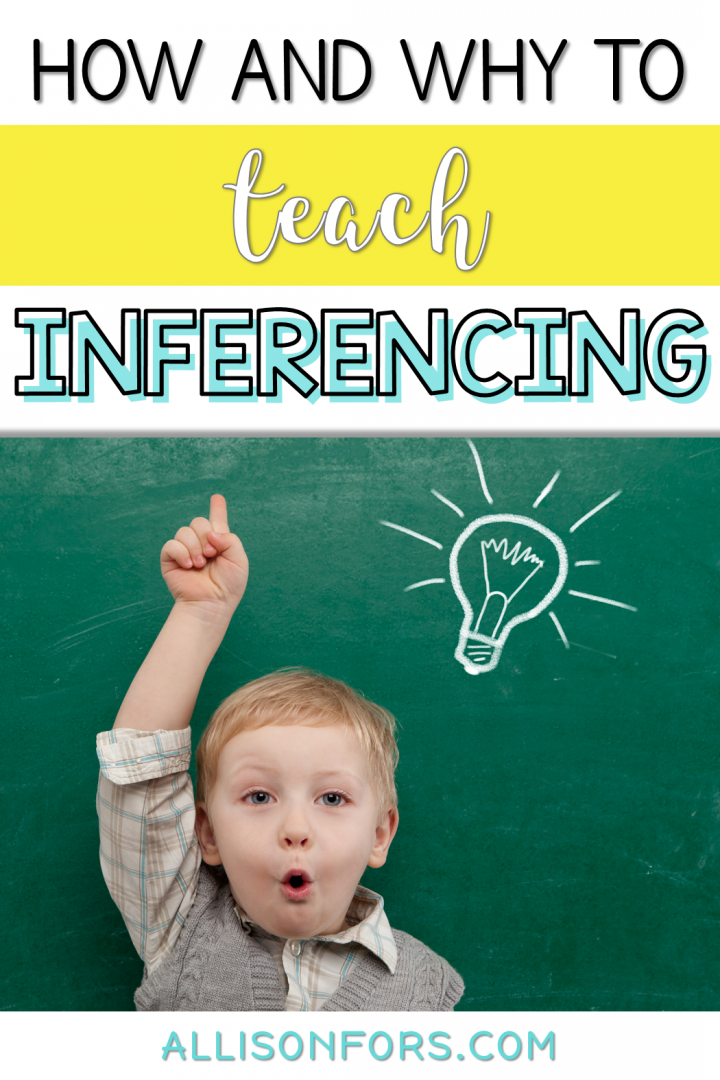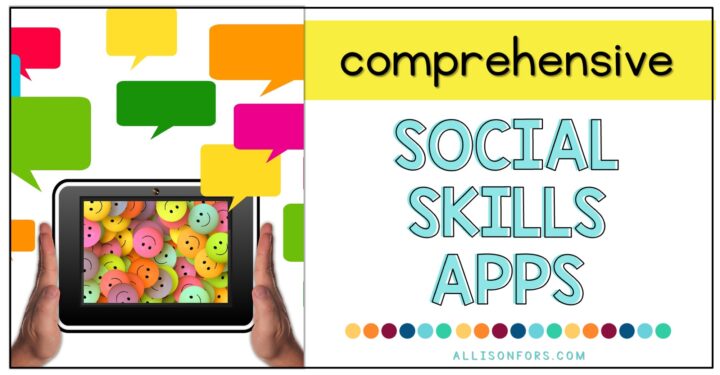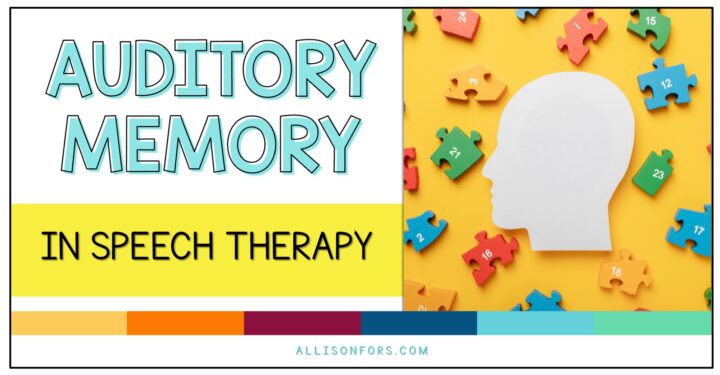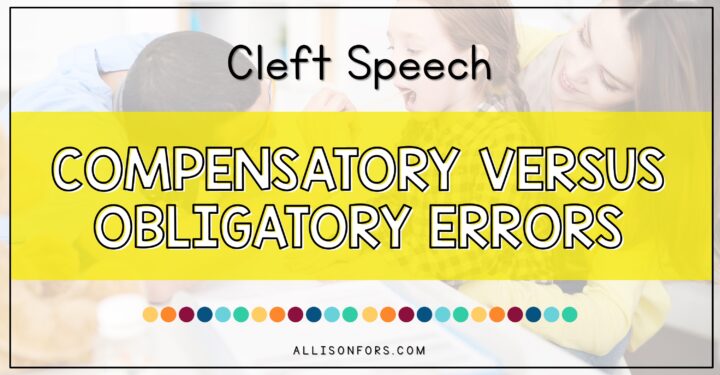
How and Why to Teach Inferencing
Being able to make inferences and draw conclusions is a critical component of communication. These fundamental skills can be difficult for those with language delays.
WHAT ARE INFERENCES? WHY ARE THEY IMPORTANT?
Inferences are educated guesses based upon the evidence available, plus our previous experience and knowledge. It is how we read between the lines in many contexts! It is NOT stating the obvious or making a prediction. Making an inference is coming to a conclusion about the present: “why is that happening.” A prediction is making a guess about the future: “what will happen next?” When asking inferring questions, they are mostly why questions. Inferring and predicting are different concepts. Predicting is more based upon what questions and inferring is more based upon why questions.
Children with language delays often have trouble making inferences. Inferencing skills are a higher-level skill that is fundamental to being successful, not only in school but in our daily lives. We make inferences all day without consciously making an effort or even realizing it. We do this while driving, reading, or watching body language. Children need to be able to understand the unspoken connection between statements, as well as their implied meaning. Explicitly teaching and reinforcing inference-making leads to better outcomes in overall text comprehension, text engagement, and metacognitive thinking. [1]
STEPS TO TEACHING INFERENCES
MAKE INFERENCES USING PICTURES
Pictures are simpler than making inferences from text. It removes the listening and comprehension task. Talk about the picture. Ask questions like: Why do you think that happened? Why is the boy sad? Why do you think she is wearing a coat? Talk about the “clues” and “evidence” to make these assumptions. Clues must support our answers, and there can be more than one correct response. As follow up questions, for example, if you ask: Why do you think she is wearing a coat? And the student responds, “Because it is cold.” Ask, “How do you know it is cold?”
Picture books are a great resource. See a list of wordless books here.
In addition, I have a Pinterest board dedicated to picture scenes that are perfect for this. Pull up the board and find an engaging picture for your student!
MAKE INFERENCES USING VIDEOS
Using short videos is excellent for making inferences – especially wordless videos! Pause the video along the way to draw inferences. Ask “why” questions about the characters, setting, emotions, and music.
Pixar shorts are perfect for this step. I also have a Pinterest board filled with short videos! As long as you have an internet connection, you can pull up this board and choose a video to watch with your student.
MAKE INFERENCES USING COMICS
Comics are a great in-between step between pictures/videos and text-based inferences. Comics rely on inferences; therefore, they are a great way to practice inferring from pictures! I have another Pinterest board of blank comics you can use. You might want to find comics with words included. These are easy to access through a google search and cutting them out of your newspaper.
MAKE INFERENCES USING TEXT
Begin with a sentence or two. For example: The kids are buying popcorn and candy. Where are they?
You can even try out riddles with your students! Here’s a list of great riddles.
Work your way up to longer, age-appropriate text with books. Stop along the way to ask questions. If you are uncertain if a book or text is an age-appropriate choice, check out this website helps you access the reading/grade level of text.
SPECIFIC SPEECH THERAPY RESOURCES
Inference Clues App – Free lite version, in-app purchases.
My PlayHome App – A completely interactive playhouse, it allows for many opportunities to make inferences while playing.
Thought Bubble Inferences – This is a perfect activity for kids whose joint attention or reading comprehension skills could negatively affect making correct inferences. This activity is solely pictures, allowing correct assessment of inferencing skills.
Teen Thought Bubble Inferences – This is a perfect activity for kids whose joint attention or reading comprehension skills could negatively affect making correct inferences. This activity is solely pictures, allowing correct assessment of inferencing skills. Pictures are appropriate for older students – upper elementary, middle, and high school.
Who’s Calling? – A downloadable PDF to work on inferencing from a couple of sentences. Use the cell phone visual supports to guess who is calling! Get creative and also use for categories, pronouns, expanding MLU, and WH questions.
What’s in the Present? – A downloadable PDF to work on inferencing from a couple of sentences. Read the clues and guess what present is in the box – and then turn the flap to see!
Who is Trick or Treating? – A downloadable PDF to work on inferencing from a couple of sentences. Read the clues and guess who is trick or treating behind the closed door – and then turn the flap to see!
How do you work on inferences in speech therapy? Tell me in the comments!
[1] Borné, L., Cox, J., Hartgering, M., & Pratt, E. (2005). Making inferences from text [Overview]. Dorchester, MA: Project for School Innovation.
We are a participant in the Amazon Services LLC Associates Program, an affiliate advertising program designed to provide a means for sites to earn advertising fees by advertising and linking to Amazon.com. All opinions are my own.
